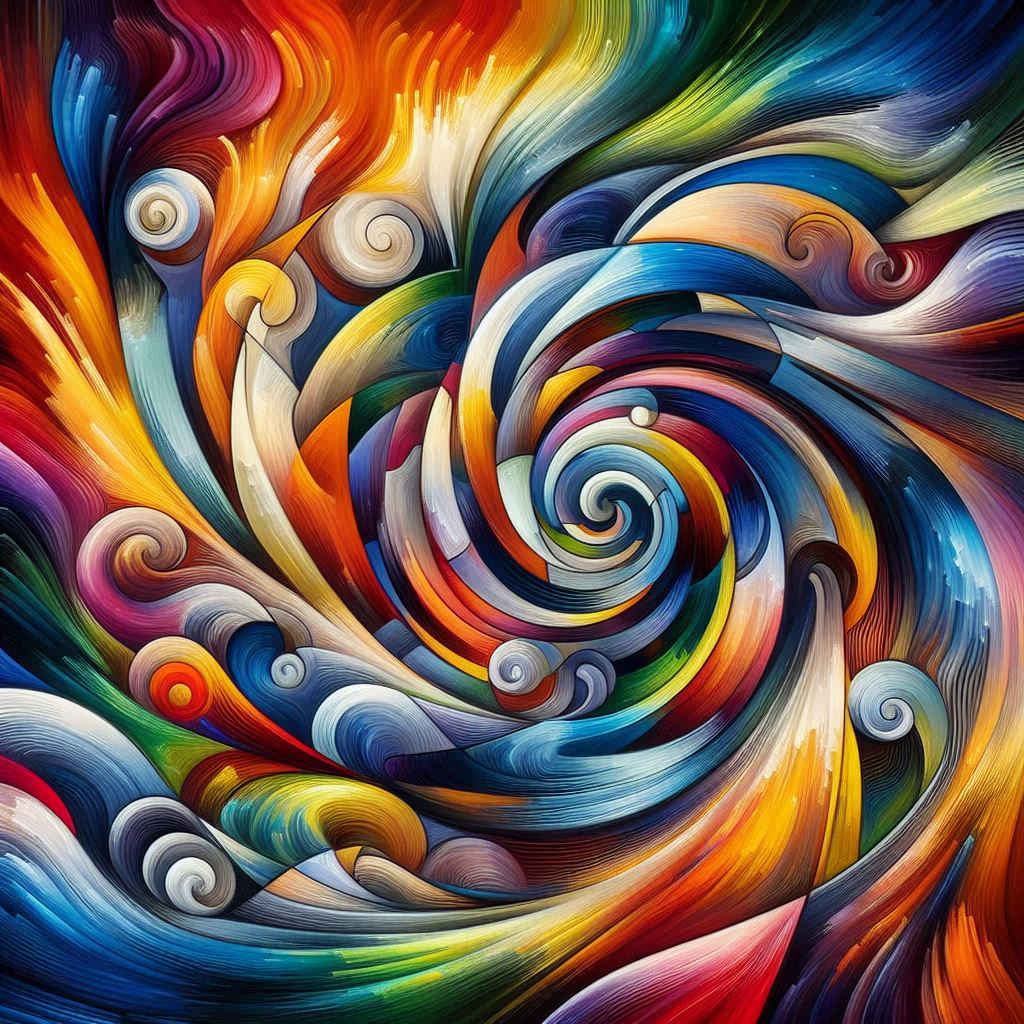Abstract Expressionism: A Spontaneous Art Movement
1. Origins and Development
Abstract Expressionism, a groundbreaking art movement, emerged in mid-20th-century New York City. Rooted in spontaneity and emotional expression, it marked a departure from traditional artistic conventions. Artists sought to convey raw emotion and inner experiences through their work, breaking free from representational constraints.
2. Diverse Styles Within the Movement
Despite being perceived as a unified movement, Abstract Expressionism was remarkably diverse. Artists such as Jackson Pollock, Willem de Kooning, and Mark Rothko, among others, each developed distinct styles. Some embraced “drip painting” techniques, while others explored large, sweeping brushstrokes, contributing to the complexity of the movement.
3. Emphasis on Emotional Expression
At the core of Abstract Expressionism was the emphasis on emotional expression. Artists sought to convey their innermost feelings, often letting the subconscious guide their creative process. This resulted in artworks that were not only visually compelling but also deeply personal, inviting viewers to interpret and connect with the emotions conveyed.
4. Influence on Contemporary Art
Abstract Expressionism had a profound impact on the trajectory of contemporary art. Its bold experimentation with form, color, and emotion paved the way for subsequent art movements, influencing generations of artists. The movement’s legacy is evident in the continued exploration of abstraction and emotional depth in modern art.
5. Critical Reception and Legacy
Initially met with skepticism, Abstract Expressionism eventually gained recognition and acclaim, becoming a dominant force in the art world. Its legacy endures through the exploration of individuality, spontaneity, and emotional expression in art. Abstract Expressionism remains a pivotal chapter in art history, symbolizing a radical departure from tradition and a celebration of artistic freedom.

